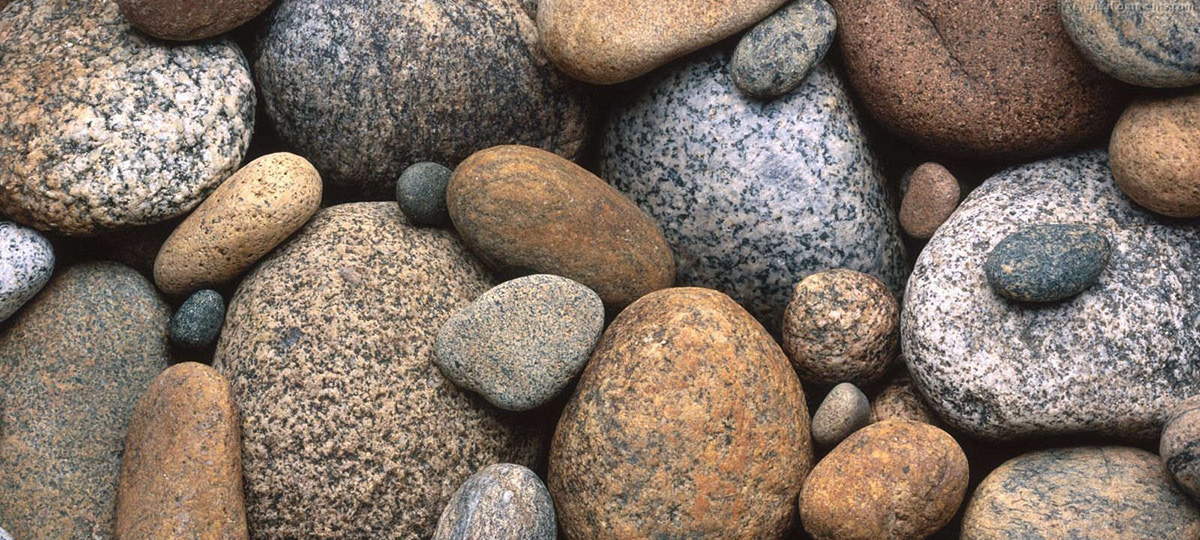Rock identification is the process of examining and analyzing a rock’s physical and chemical characteristics in order to determine its type, composition, and history. This process typically involves the use of various tests and observations, such as examining the rock’s color, texture, hardness, and mineral content.
The process of rock identification typically involves comparing the characteristics of the rock being examined to those of known rocks and minerals in order to make a determination about its type and composition. This may involve using specialized tools such as magnifying glasses, hardness tests, and chemical analyses.
Mineral Content
Mineral content refers to the types and amounts of minerals that are present in a rock. The mineral content of a rock can provide important information about its composition and formation, and it can be used to identify and classify different types of rocks.
Minerals are naturally occurring inorganic substances that have a specific chemical composition and crystal structure. Different types of rocks are composed of different minerals, and the relative abundance and distribution of these minerals can vary widely depending on the rock’s formation process.

The mineral content of a rock can be determined through various methods, including visual examination, chemical analysis, and X-ray diffraction. In some cases, the mineral content of a rock can be identified through its physical characteristics, such as color, texture, and hardness.
The mineral content of a rock can provide important clues about its formation history and the geological processes that have acted upon it over time. For example, sedimentary rocks are typically composed of a mixture of minerals that were deposited by water or air over time, while igneous rocks are typically composed of minerals that crystallized from molten magma or lava. Metamorphic rocks, on the other hand, are formed from existing rocks that have been altered by heat and pressure, resulting in the formation of new minerals.
The mineral content of a rock can also be important in determining its suitability for various uses, such as construction, manufacturing, or industrial processes. For example, rocks that contain high concentrations of specific minerals such as iron or aluminum may be valuable resources for the production of metals and alloys.
Color
Color is one of the basic and most visible characteristics of rocks, and it can provide important clues for their identification. Some rocks have a distinctive color associated with their mineral content, such as the red color of iron-rich rocks like hematite or the green color of rocks containing the mineral olivine. Other rocks have a range of colors that can vary depending on their composition, weathering, and other factors.

When identifying rocks based on color, it is important to note the variations and patterns of color within the rock. For example, a rock that appears to be a single color may have subtle variations in shade or tone that can provide important clues about its composition or formation. Additionally, the presence of certain minerals in a rock can cause it to display distinctive color patterns, such as the bands or layers seen in some metamorphic rocks.
Luster
Luster is a characteristic of rocks and minerals that refers to the way they reflect light. It can be an important clue in identifying the mineral composition of a rock. Rocks and minerals can have a range of different lusters, including metallic, vitreous (glassy), dull, and earthy.

Some minerals have a distinctive metallic luster, which is often shiny and reflective like metal. Examples of minerals with a metallic luster include pyrite, galena, and hematite. Other minerals have a vitreous or glassy luster, which is shiny like glass. Examples of minerals with a vitreous luster include quartz, feldspar, and calcite.
Some minerals have a dull or earthy luster, which is not shiny or reflective. Examples of minerals with a dull luster include kaolinite, talc, and gypsum. Additionally, some minerals can have unique lusters that are not easily categorized, such as the pearly luster of muscovite or the silky luster of asbestos.
Grain (size & shape)
Grain size and shape are important characteristics of rocks that can provide important clues about their formation and history. The size and shape of grains in a rock can vary depending on the type of rock and the conditions under which it formed.
In general, grain size refers to the size of the individual mineral grains in a rock, while grain shape refers to the shape of those grains. Some rocks have very fine grains that are barely visible to the naked eye, while others have large, visible grains that may be well-rounded or angular. Fine-grained rocks often have a smooth texture, while coarse-grained rocks may have a more rugged texture.
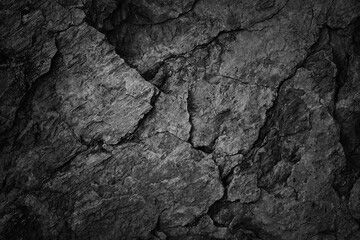
The size and shape of grains can provide important information about the conditions under which the rock was formed. For example, sedimentary rocks that were formed by the accumulation of sediment over time typically have grains that are well-rounded and sorted by size, reflecting the processes of erosion, transportation, and deposition that led to their formation. In contrast, igneous rocks that solidified from molten magma often have grains that are larger and more irregular in shape, reflecting the cooling and crystallization processes that took place.
Foliation or Banding
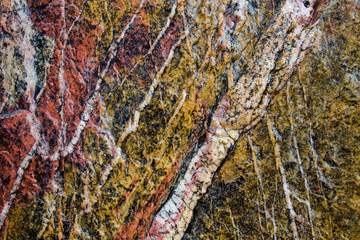
Foliation and banding are two types of texture that are characteristic of certain types of rocks, particularly metamorphic rocks. These textures are the result of the deformation and/or recrystallization of minerals in the rock, which can occur under high pressures and temperatures over long periods of time.
Foliation refers to the parallel alignment of minerals within a rock, resulting in distinct layers or planes of minerals. These layers may be visible to the naked eye or may require the use of a magnifying glass or microscope to see. The alignment of minerals in a foliated rock is typically perpendicular to the direction of pressure applied during deformation. Foliated rocks often have a banded appearance due to the alternating layers of minerals, and examples include gneiss and schist.
Banding, on the other hand, refers to the presence of alternating layers or bands of different mineral compositions within a rock. These bands can be thin or thick and can range in color, texture, and mineral content. Banded rocks are typically sedimentary or metamorphic in origin, and examples include certain types of marble and quartzite.
Foliation and banding can provide important clues about the geological history of a rock and the conditions under which it formed. For example, the presence of foliation in a rock suggests that it has undergone significant deformation, while the presence of banding in a rock may indicate that it was formed from layers of sediment that were subsequently metamorphosed.
Layering
Layering refers to the presence of distinct layers or beds within a rock that are separated by visible boundaries. These layers may differ in color, texture, grain size, or mineral composition, and they can provide important clues about the history of the rock and the processes that formed it.
Layering is characteristic of sedimentary rocks, which are formed from the accumulation of sediment over time. Each layer in a sedimentary rock represents a distinct period of deposition, with the oldest layers at the bottom and the youngest layers at the top. The thickness and composition of each layer can vary depending on the conditions under which it was deposited, such as the presence of water, wind, or ice.
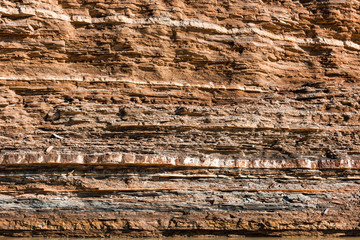
In addition to sedimentary rocks, layering can also occur in certain types of metamorphic rocks, such as gneiss, which are formed from the recrystallization of existing rocks under high pressure and temperature. Layering in metamorphic rocks may be the result of the alignment of minerals in the rock or the presence of distinct layers of different minerals.
Layering can provide important information about the history and formation of a rock, such as the environment in which it was deposited and the conditions under which it was subsequently altered. It can also be used to help identify different types of sedimentary and metamorphic rocks based on their distinct layering patterns.
Hardness
Hardness is a measure of a rock’s resistance to scratching and abrasion, and it can be an important characteristic for identifying and classifying rocks and minerals. The hardness of a rock is determined by the strength of the bonds between the minerals that make up the rock, as well as the physical properties of the minerals themselves.
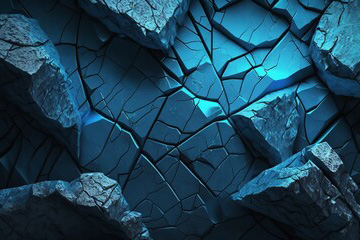
The most commonly used scale for measuring hardness is the Mohs hardness scale, which ranks minerals from 1 (softest) to 10 (hardest) based on their ability to scratch or be scratched by other minerals. For example, talc has a hardness of 1, while diamond has a hardness of 10.
To test the hardness of a rock, one can use various objects with known hardness values to scratch the rock’s surface. For example, a fingernail has a hardness of approximately 2.5, while a steel knife blade has a hardness of around 5.5. By attempting to scratch the rock with these objects, one can estimate its relative hardness and compare it to the hardness of known minerals and rocks.
Hardness can be an important characteristic for identifying rocks and minerals because it can help narrow down the possibilities of what the rock might be. For example, a rock that is easily scratched with a fingernail is likely to be a soft mineral like gypsum or talc, while a rock that is difficult to scratch with a steel knife blade is likely to be a harder mineral like quartz or feldspar. Hardness can also be an important consideration when choosing a rock for a specific use, such as construction or manufacturing.
Weight & Density
Weight and density are important characteristics of rocks that can provide important information about their composition and structure. Weight refers to the amount of mass that a rock contains, while density refers to the mass of a rock per unit volume.
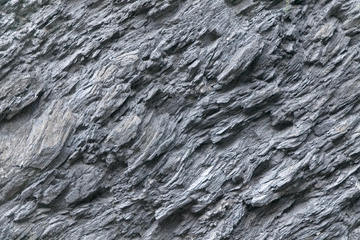
The weight of a rock can be influenced by a variety of factors, including its mineral content, porosity, and size. Generally, rocks that contain dense minerals like iron or lead will be heavier than rocks that contain lighter minerals like quartz or feldspar. Rocks that have a high porosity or contain large amounts of air or water may be lighter in weight than denser rocks.
Density is a measure of the amount of mass per unit volume of a substance, and it can be calculated by dividing the mass of a rock by its volume. The density of a rock can provide important information about its composition and structure. For example, rocks that are composed primarily of dense minerals will have a higher density than rocks that contain lighter minerals or have a high porosity.
The density of a rock can be used to identify its type or to differentiate between different types of rocks. For example, igneous rocks like granite typically have a higher density than sedimentary rocks like sandstone or shale, which can help to distinguish between these rock types. Additionally, density can be an important consideration in certain applications, such as construction or manufacturing, where the weight and strength of a rock are important factors.
Texture and Feel
Texture and feel are important characteristics of rocks that can provide important clues about their formation and composition. Texture refers to the physical appearance and characteristics of the surface of a rock, including its grain size, shape, and arrangement, while feel refers to the tactile sensation of touching the surface of a rock.
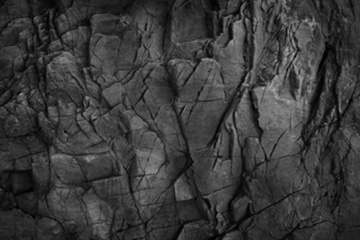
The texture and feel of a rock can vary depending on its type and formation process. For example, sedimentary rocks typically have a fine-grained texture and a smooth or powdery feel, reflecting the gradual accumulation of sediment over time. In contrast, igneous rocks that cool and solidify quickly have a coarse-grained texture and a rough, abrasive feel, reflecting the rapid crystallization of minerals in the magma.
The texture and feel of a rock can also be influenced by factors such as pressure, temperature, and the presence of other minerals. Metamorphic rocks, for example, often have a foliated texture and a smooth or silky feel, in which minerals are arranged in parallel layers or bands, reflecting the intense pressure and heat they were subjected to during their formation.
The texture and feel of a rock can be observed and described in a number of ways, including the size and shape of mineral grains, the arrangement of minerals, the presence of pores or cracks, and the overall surface appearance of the rock. Texture and feel are often used in conjunction with other characteristics such as color, luster, and hardness to identify and classify rocks and minerals.

Featured Posts
-

Rock Cycle
The rock cycle is a geological process that illustrates the continuous transformation and interaction among the three major types of rocks: igneous, sedimentary, and metamorphic. …
-

Rock Basics
Rocks are naturally occurring, solid aggregates of minerals that make up a significant portion of the Earth’s crust. They are formed through various geological processes …
-
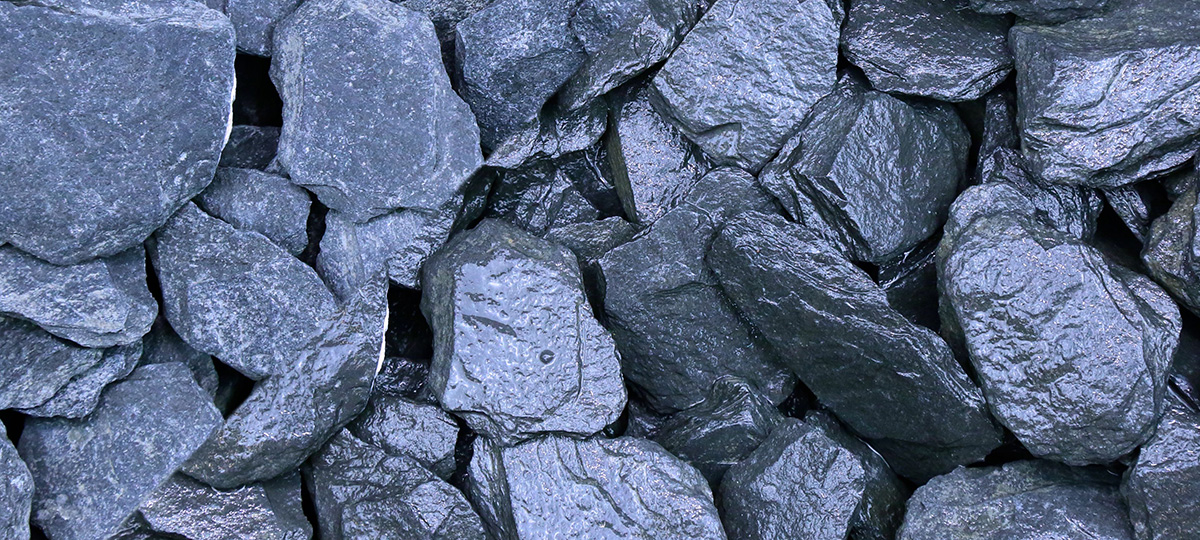
Mohs Hardness Scale
The Mohs Hardness Scale is a universally recognized tool used to classify the hardness of minerals based on their ability to scratch one another. Developed …
-

Mineral Identification
Mineral identification is the process of determining the name and characteristics of a mineral specimen by using a variety of tests. It is an important …
